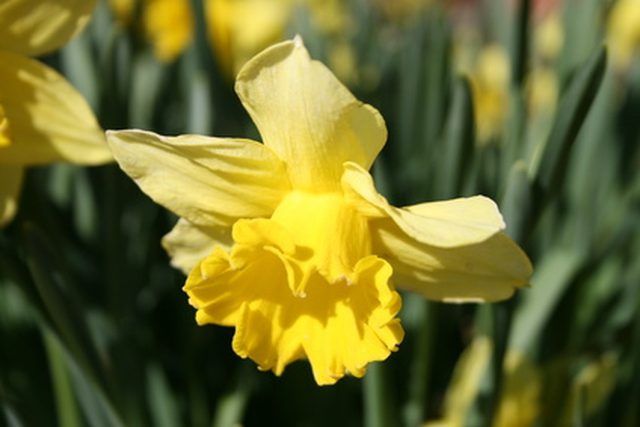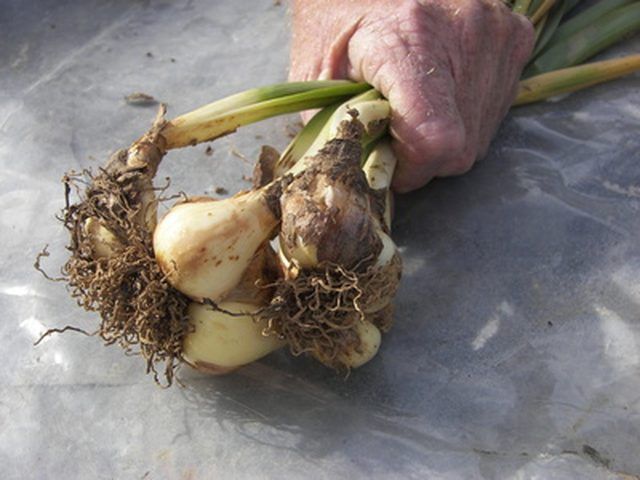Bulbs
Flower Basics
Flower Beds & Specialty Gardens
Flower Garden
Garden Furniture
Garden Gnomes
Garden Seeds
Garden Sheds
Garden Statues
Garden Tools & Supplies
Gardening Basics
Green & Organic
Groundcovers & Vines
Growing Annuals
Growing Basil
Growing Beans
Growing Berries
Growing Blueberries
Growing Cactus
Growing Corn
Growing Cotton
Growing Edibles
Growing Flowers
Growing Garlic
Growing Grapes
Growing Grass
Growing Herbs
Growing Jasmine
Growing Mint
Growing Mushrooms
Orchids
Growing Peanuts
Growing Perennials
Growing Plants
Growing Rosemary
Growing Roses
Growing Strawberries
Growing Sunflowers
Growing Thyme
Growing Tomatoes
Growing Tulips
Growing Vegetables
Herb Basics
Herb Garden
Indoor Growing
Landscaping Basics
Landscaping Patios
Landscaping Plants
Landscaping Shrubs
Landscaping Trees
Landscaping Walks & Pathways
Lawn Basics
Lawn Maintenance
Lawn Mowers
Lawn Ornaments
Lawn Planting
Lawn Tools
Outdoor Growing
Overall Landscape Planning
Pests, Weeds & Problems
Plant Basics
Rock Garden
Rose Garden
Shrubs
Soil
Specialty Gardens
Trees
Vegetable Garden
Yard Maintenance
Daffodil Bulb Poison
Daffodil Bulb Poison. It's hard to believe that the cheery yellow daffodils of spring carry toxins that can cause unpleasant reactions and even death. Daffodil bulb poisoning occurs most often when people use the bulbs in food preparation, though livestock or other animals who accidentally graze on the bulb can sicken and die. If you take the right...

It's hard to believe that the cheery yellow daffodils of spring carry toxins that can cause unpleasant reactions and even death. Daffodil bulb poisoning occurs most often when people use the bulbs in food preparation, though livestock or other animals who accidentally graze on the bulb can sicken and die. If you take the right precautions, you can still enjoy daffodil flowers in your garden, but study the symptoms of daffodil poisoning in case of accidental ingestion.
Symptoms
If you've accidentally eaten a daffodil bulb, you've probably mistaken it for an onion, according to Botanical.com and The Poison Garden. Botanical.com notes that symptoms come on very soon after you've eaten the bulb. The most frequent symptoms of daffodil bulb poisoning are nausea, vomiting and diarrhea. Daffodil bulb poisoning may cause death.
Parts
According to Texas A&M, only the daffodil bulb is poisonous. However, the Nova Scotia Museum and The Poison Garden warn that all parts of the plant are poisonous, but that the toxins are most concentrated in the bulb. The bulb and shoots of the daffodil bear a strong resemblance to small onions.

Type
The poisonous substance in the daffodil bulb is a type of alkaloid also found in hyacinth, narcissus and snowdrops. Most alkaloids taste bitter, but not all alkaloids are poisonous. The Nova Scotia Museum notes that some alkaloids have medicinal uses while others are harmful, and that most plant families have species that contain alkaloids. Coffee is an example of a common nontoxic plant-based alkaloid.
Severity
The severity of your illness depends on how much daffodil bulb you've consumed. If you've consumed a small amount or eaten something (like soup) where you're getting more flavor than actual bulb, you're likely to have only an upset stomach. If you feel extremely ill and experience diarrhea or vomiting, see a doctor.
Precautions
To prevent daffodil poisoning, store any unused bulbs in a plastic bag and write "daffodil bulb" on the label. Keep them in a separate storage area from any root vegetables or edibles you have at home. Do not forage for onions in the woods, near streams or from community gardens, since you might take home a daffodil bulb instead.